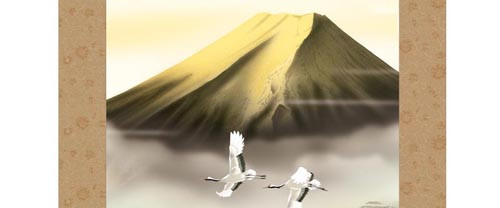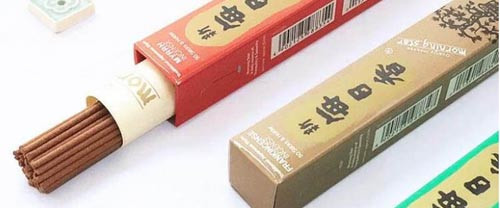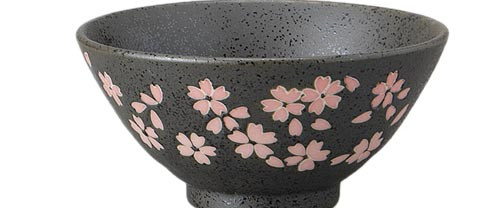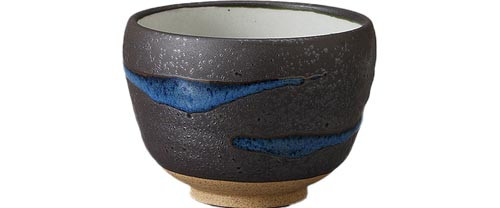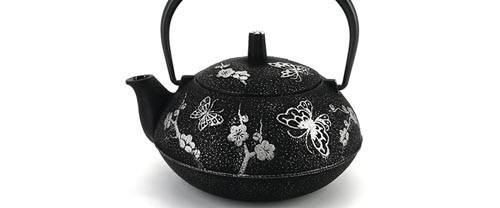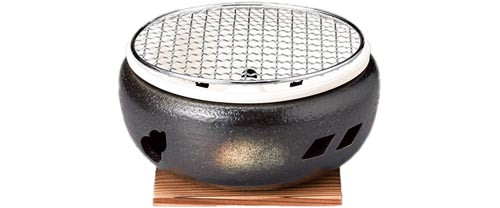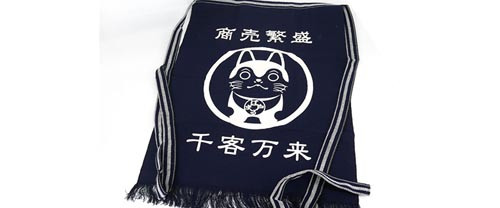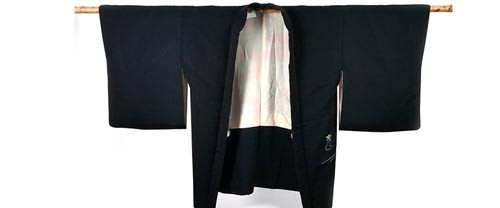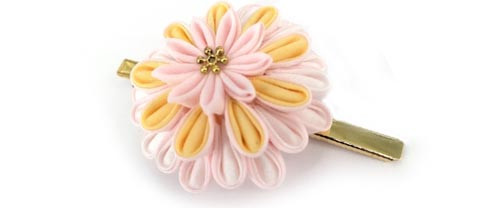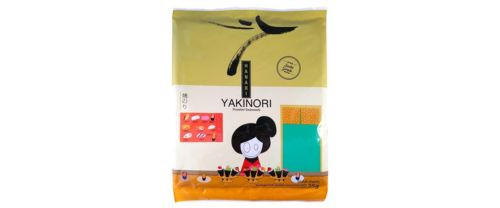Tsukioka Yoshitoshi

He was born in Edo in 1839. His father was a wealthy merchant who had made his way into samurai status, but Yoshitoshi left home at the age of 3 to live with his uncle, a pharmacist who loved him dearly.
His real name was Owariya Yonejiro and he was renamed Yoshitoshi by his master Kuniyoshi, one of the greatest masters of Japanese prints, from whom he acquired all his knowledge at the age of 11 in 1850. Although he was not considered Kuniyoshi's successor during his lifetime, he is now recognized as his main student.
Yoshitoshi's first painting appeared in 1853, and then he did not produce anything new for a long time, perhaps due to the illness contracted by his master Kuniyoshi during his last years. Although his life was difficult after Kuniyoshi's death in 1861, he worked enormously; 44 works were known in 1862.
In his early works, there are a number of extremely violent and morbid scenes, perhaps reflecting the lawlessness and violence of Japan around him, which had arrived simultaneously with the collapse of the feudal system established by the Tokugawa shoguns as well as the impact of the West. During this period, his fame grew steadily, and by 1869 he was considered one of the best printmakers in Japan.
In 1873, he began to produce many works. Newspapers suddenly appeared in the wake of modernization, and Yoshitoshi was hired to produce paintings for one of them.
From that moment on, printmaking was in a difficult situation. All the great printmakers of the first part of the century, Hiroshige, Kunisada Utagawa, and Kuniyoshi, had died, and the art form was dying out in the confusion of Japanese modernism. Yoshitoshi insisted on high standards of production and helped to save it temporarily from degeneration.
The last years of his life were among his most productive, with his large series One Hundred Aspects of the Moon (1885-1892), and New Forms of Thirty-Six Ghosts (1889-1892), as well as some masterful triptychs of actors and scenes from Kabuki theater.
During this period, he also cooperated with his friend, the actor Danjūrō, and others in an attempt to save some of the traditional Japanese arts.












